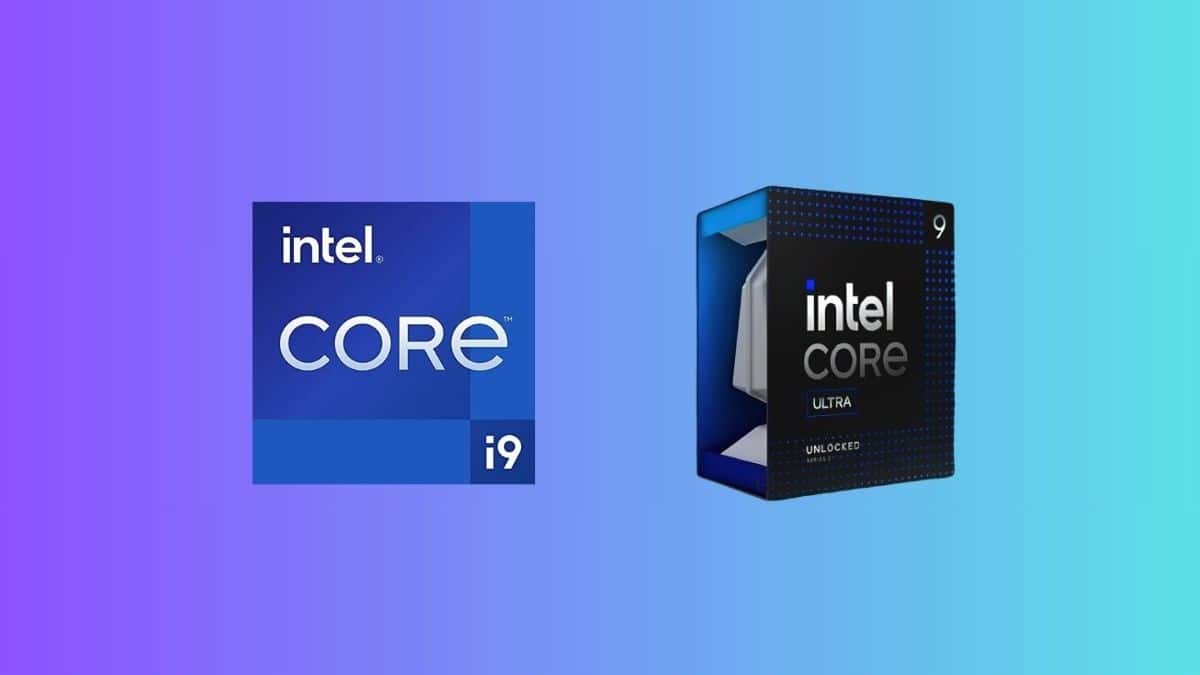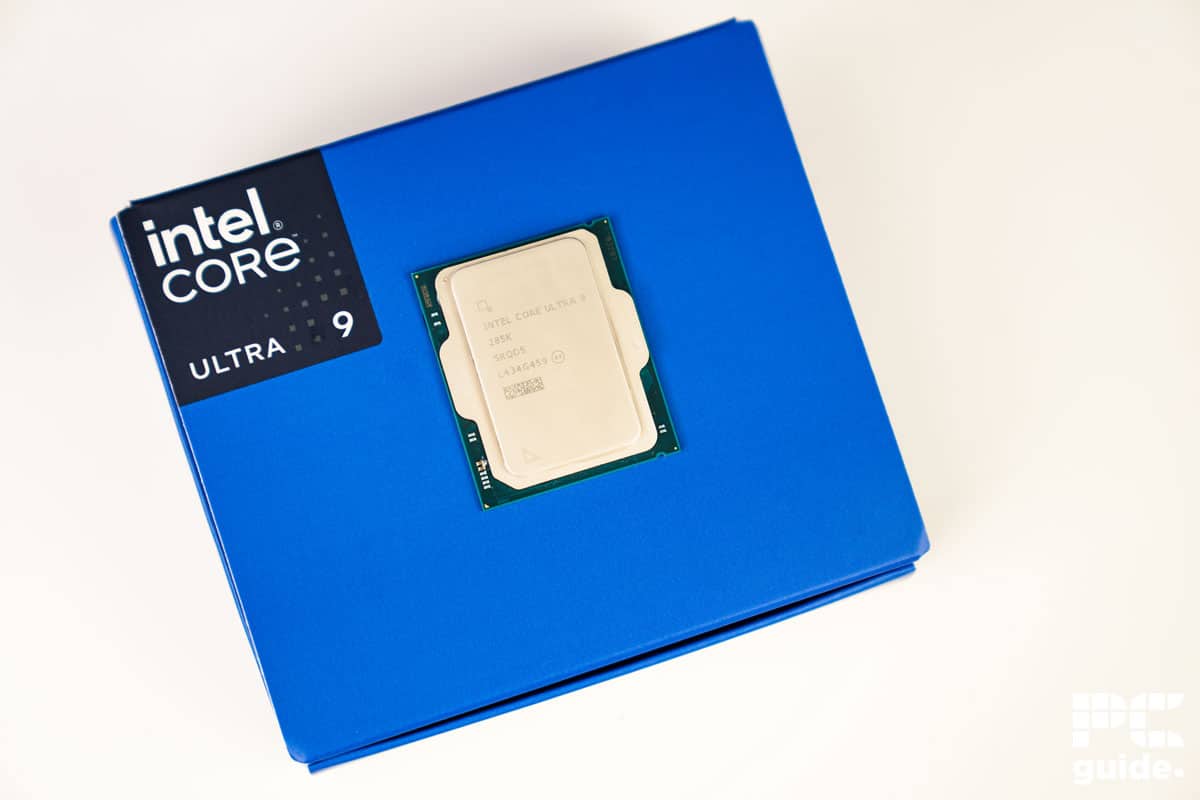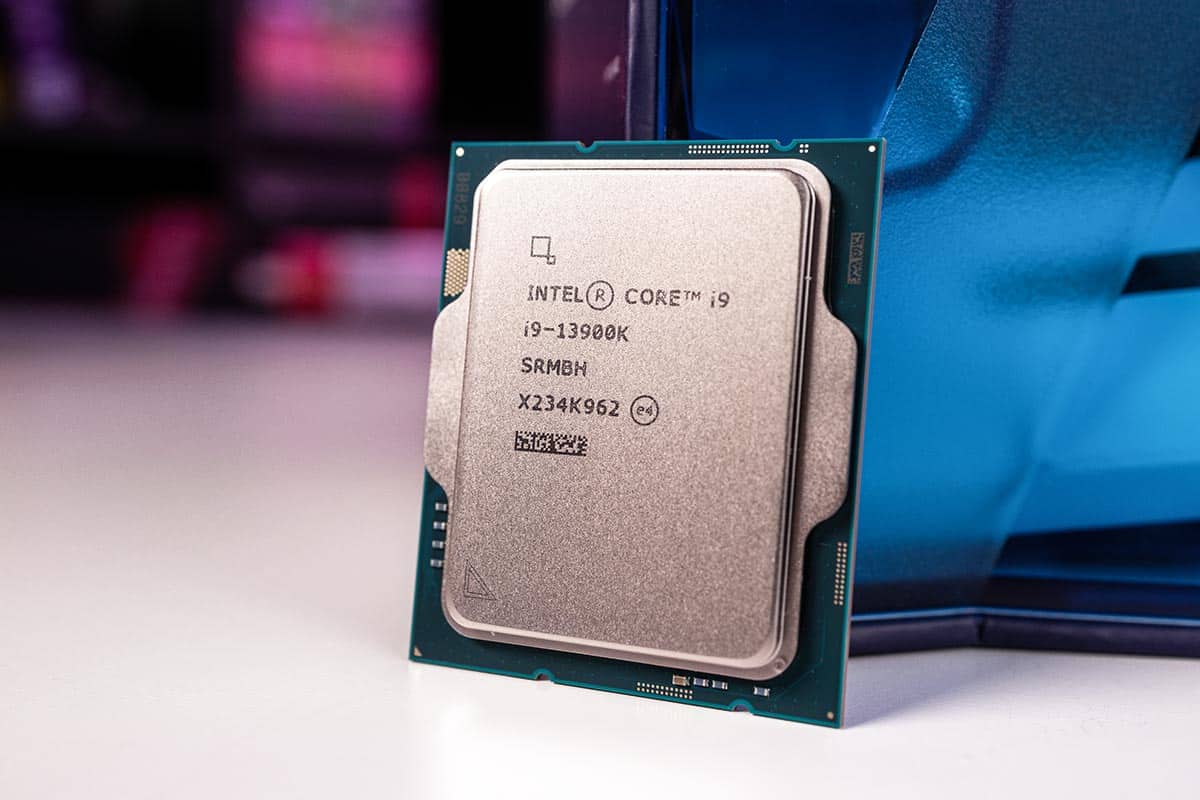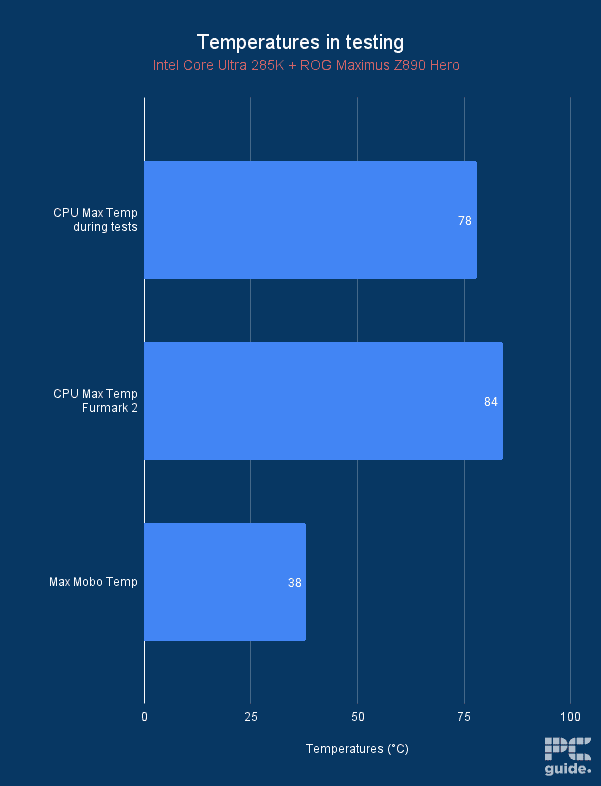Between the 13900K vs Core Ultra 9 285K, upgrading isn’t absolutely essential

Table of Contents
All eyes are on the Intel Core Ultra 9 285K, which has been released and sits atop the Arrow Lake performance hierarchy. When a new generation of processors launches, everyone is interested in seeing how the previous flagship compares to the new flagship CPU.
That said, we’ve seen the 285K dominate its predecessor, the 14900K, and its variants. So, since the 14900K and 13900K only have a 10% performance difference, as seen during our in-house testing, is upgrading to the Core Ultra 9 285K worth it?
However, the answer isn’t straightforward as multiple variables need to be considered, such as in real-world testing, where each test bench produces varying results. Now that we have the Core Ultra 9 285K, we can put it through its paces ourselves and see whether it is worth swapping out your 13900K or whether you should wait for the next-generation Intel processors.
Prime Day may have closed its doors, but that hasn't stopped great deals from landing on the web's biggest online retailer. Here are all the best last chance savings from this year's Prime event.
- Sapphire 11348-03-20G Pulse AMD Radeon™ RX 9070 XT Was $779 Now $719
- AMD Ryzen 7 7800X3D 8-Core, 16-Thread Desktop Processor Was $449 Now $341
- Skytech King 95 Gaming PC Desktop, Ryzen 7 9800X3D 4.7 GHz Was $2,899 Now $2,599
- LG 77-Inch Class OLED evo AI 4K C5 Series Smart TV Was $3,696 Now $2,996
- AOC Laptop Computer 16GB RAM 512GB SSD Was $360.99 Now $306.84
- Lexar 2TB NM1090 w/HeatSink SSD PCIe Gen5x4 NVMe M.2 Was $281.97 Now $214.98
- Apple Watch Series 10 GPS + Cellular 42mm case Smartwatch Was $499.99 Now $379.99
- AMD Ryzen 9 5950X 16-core, 32-thread unlocked desktop processor Was $3199.99 Now $279.99
- Garmin vívoactive 5, Health and Fitness GPS Smartwatch Was $299.99 Now $190
*Prices and savings subject to change. Click through to get the current prices.
Intel Core Ultra 9 285K

Cores
24
Threads
24
Boost clock speed
5.7GHz
Base clock speed
3.7GHz P-cores/3.2GHz E-cores
L3 Cache
36MB
TDP
125W base/250W max
Platform
LGA 1851 (Arrow Lake)
Shop on Amazon
CHECK PRICEIntel Core i9-13900K

Cores
24 (8P-16E)
Threads
32
Boost speed
P-Core 5.8GHz / E-Core 4.3GHz
Base speed
P-Core 3.0GHz / E-Core 2.2GHz
L3 Cache
36 MB
TDP
253 W
Platform
Intel Socket 1700
Shop on Amazon
CHECK PRICESpec comparison
To see the hardware difference between the two processors, we've listed their specifications below.
| CPU | Intel Core Ultra 9 285K | Intel Core i9 13900K |
| Architecture | Arrow Lake | Raptor Lake |
| Socket | LGA 1851 | LGA 1700 |
| Process | TSMC N3B | Intel 7 (10nm) |
| Cores | 24 | 24 |
| Threads | 24 | 32 |
| Base clock speed | E-core: 3.2 GHz, P-core: 3.7GHz | E-core: 2.2 GHz, P-core: 3.0GHz |
| Boost clock speed | 5.7 GHz | 5.8 GHz |
| L3 cache | 36MB | 36 MB |
| TDP | 125W / 250W | 125W / 253W |
| Integrated graphics | Intel Graphics | Intel UHD Graphics 770 |
Since both of these processors are from Intel, they share the same big.little hybrid architecture, which gives them varying clock speeds. Besides that, the thread count, platform, and architecture are big differences. We'll take a look at each of these aspects to see how much they differ and what improvements have been made in the 15th-generation processors.
Architecture and CPU processes
The 285K is based on the latest Arrow Lake architecture, which uses 3nm CPU process technology, while the 13900K has Intel 7 lithography, which means it uses 10nm CPU processes.
This is a huge difference in CPU processes, as larger transistors require more energy to operate, driving up the power draw and lowering energy efficiency. Also, fewer transistors can be fit on top of the CPU die.
On the other hand, the Core Ultra 9 285K uses 3nm CPU process technology, which means it is more energy efficient and should have better performance. We can see this difference in the official specifications, as the 285K has a lower max turbo power compared to the 13900K.
TDP
The Arrow Lake processors are said to be more energy efficient than their predecessors. However, their base TDP is the same, 125W, whereas the max turbo power is slightly lower for the 285K, 250W, compared to 13900K's 253W.
However, during our testing, the 13900K reached its operational temperature limit of 100°C and even went beyond that despite being paired with the ASUS ROG Ryujin II 360mm AIO CPU cooler. So, keeping this powerhouse cool is a challenge, and you might need to undervolt it to prevent thermal throttling.

On the flip side, the Core Ultra 9 285K only reached 84°C when we ran the Furmark 2 stress test, which pushes the CPU to its utmost limit and then some. It also had a maximum temperature of 78°C outside of Furmark 2. So, these values are nowhere near 100°C or 101°C, meaning Intel did an excellent job with the thermal and power efficiency design of the Arrow Lake processors.
Cores and threads
The core counts for both processors are the same, with 24 cores each, divided between 8 performance and 16 efficient cores. However, the 285K only has 24 threads, whereas the 13900K has 32 threads, meaning the 285K has fewer hyperthreaded cores.
This means that the 285K most likely sacrificed the threads for energy efficiency, which gives the 13900K a chance to close the generational gap in performance. We clearly saw that when we compared the benchmark, which we'll be diving into shortly.
Is it worth upgrading to the 285K?
If you saw an i9-13900K on sale or already have one and wanted to upgrade to the Core Ultra 200S lineup, the quick answer to this question is that you're better off with the 13900K as the money you'll spend upgrading to the 285K doesn't justify the performance increase.
That said, we've reviewed the 13900K and the Core Ultra 9 285K in gaming and synthetic benchmarks. I'll use CPU reviews to compare the two processors side-by-side to help you understand their differences and make an informed decision.
Core Ultra 9 285K vs Core i9-13900K: Synthetic performance
Our in-house CPU testing process checks each CPU’s synthetic performance by running a series of tests on it, using benchmark software like Cinebench, Geekbench, CPU-Z, and others. This gives us a clear view of how it will handle single- and multi-threaded workflows.
The Core Ultra 9 285K showcased a dominating multi-core performance, while the single-core results couldn't keep up with the 13900K. I've put together a table that has all the results.
| Processor | Core Ultra 9 285K | Intel Core i9-13900K |
| CPU-Z Multi | 18753.7 | 16852 |
| CPU-Z Single | 896.6 | 931 |
| Cinebench R23 Multi | 41536 | 39318 |
| Cinebench R23 Single | 2014 | 2238 |
| Geekbench Multi | 23550 | 25,176 |
| Geekbench Single | 3085 | 2,251 |
The first thing I noticed was the difference in multi-core performance and the 285K taking the lead. While the 13900K does trail behind, there is a consistent difference; however, the situation is flipped when we look at the single-core performance, as the 13900K decimates the 285K, meaning it most likely also has better gaming performance.
Core Ultra 9 285K vs Ryzen 9 9950X: Gaming performance
We already know that the 285K is slower than the 14900K, and there is only a 10% performance difference between the 13th- and 14th-generation flagship CPUs. So, if gaming is your primary task, the 13900K is the better option.
That said, we will still compare how these processors performed while paired with an RTX 4070 Ti Super. We ran Cyberpunk 2077 at 1080p low resolution because games get more CPU intensive at lower resolution as it has to churn out more instructions per second.
The Core Ultra 9 285K had 216 FPS, while the 13900K delivered 342 FPS. This is a difference of 126 FPS, which simply can't be ignored. It gives the 13900K more value for those who are looking for pure gaming performance.
Intel Core Ultra 9 285K and Core i9-13900K price difference
According to Camelcamelcamel, the Intel Core i9-13900K costs $437.78, while the 285K is $629 on Newegg. This makes the 285K $191.22 more expensive, especially when you factor in the cost of a new Z890 motherboard, which, again, according to Camelcamelcamel, can cost anywhere from $999.99 to $299.99, bringing the total amount to $1628.99 or $928.99.
That said, a high-end Z790 motherboard can cost around $349.99. Add to this the cost of the 13900K, and you'll only be spending $787.77, which is $841.22, cheaper than the 285K build.
This is only if you don't have an existing LGA 1700 motherboard; if you do and you're on the 12th generation, you can keep the current motherboard, as the LGA 1700 motherboards are compatible with Intel's 12th, 13th, and 14th-generation processors.
So, you can save a lot of money by opting for the 13900K and get better gaming performance. That doesn't mean that it has poor synthetic performance; it should still be able to blow through resource-intensive tasks without breaking a sweat.
Which processor should you get?
Both processors are viable options depending on your budget and the level of performance you want out of your rig. However, you'll be paying a lot more with the Core Ultra 9 285K, and the performance difference would be minimal.
That said, the 13900K has its issues, as we've been seeing for the past couple of months, with Intel's 13th and 14th-generation instability issues. However, Intel has been releasing microcode updates to mediate these issues.
So, on one hand, you might get a faulty 13900K processor, and on the other, you'll be paying for more or less the same processor, with slight improvements and some downgrades. It’s like being stuck between a rock and a hard place, but ultimately, personally, I would spend more than opt for a processor that I know might die on me, and constant stress is something that no one wants.


